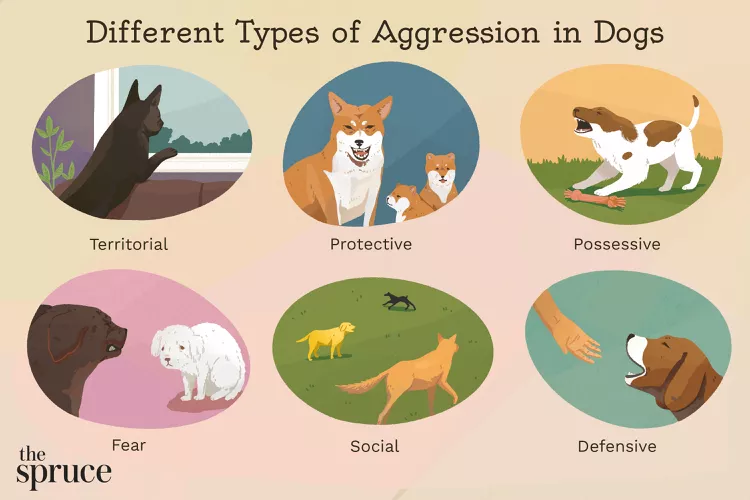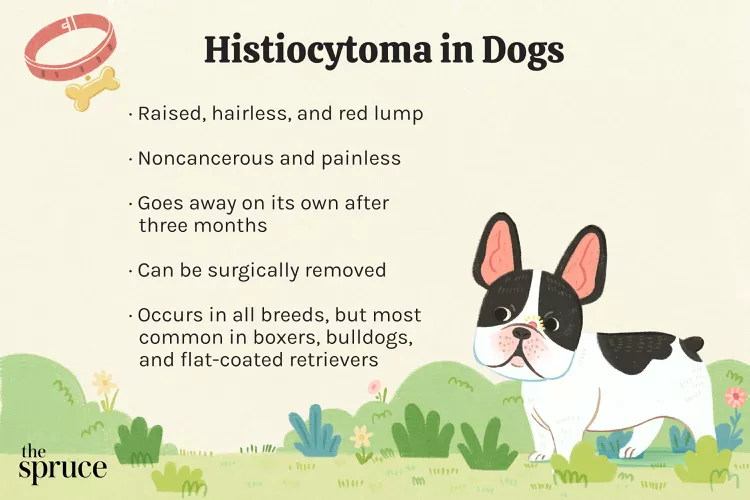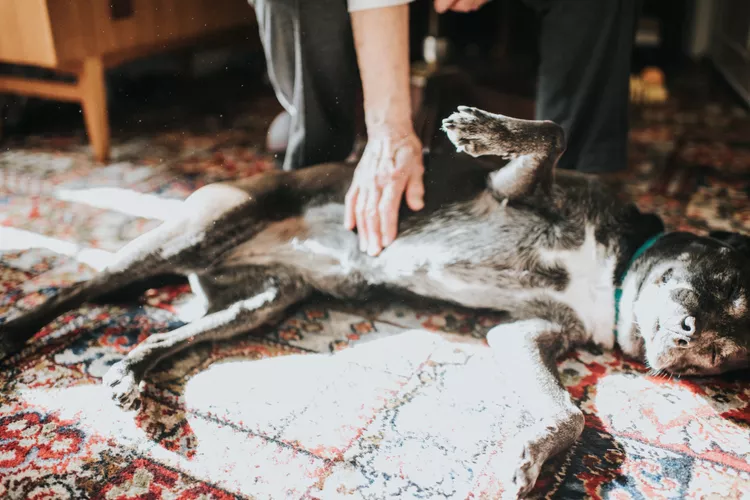
The Staffordshire bull terrier, also called the Stafford, Staffy, or Staffie, is a medium-sized dog of somewhat short stature with a muscular, athletic body. Contrary to its tough appearance, the Stafford is a gentle, loyal, and highly affectionate dog breed that was recognized by the American Kennel Club in the 1970s.
Praised for its "nanny-like" instincts, the Stafford gets along remarkably well with children when properly trained and socialized. However, because of this breed's strong prey drive and dog-fighting ancestry, use caution around other pets.
Overall, Staffordshire bull terriers have friendly, gentle dispositions and make lovely companions for many types of households. If raised together, well-trained, and closely supervised, this breed may even learn to get along with other animals beautifully, but some Staffies will be best suited for a one-pet household.
The Staffordshire bull terrier was developed in England during the 19th century for dogfighting. To create a faster and more compact dog breed, bulldogs were crossed with small terriers, most likely Manchester terriers and similar breeds. At the time, bulldogs were large, fierce, and intrepid, much different than today's bulldogs.
Before landing on its current name, Staffords have been called bull-and-terrier dogs, bulldog terriers, and old pit bull terriers. Once dogfighting was made illegal during the early 20th century, Staffords became more widely recognized as loyal and affectionate companion dogs.
The Staffordshire bull terrier was brought to the U.S. toward the end of the 19th century but was not officially recognized by the American Kennel Club until 1974.
Staffordshire bull terriers should never be walked off-leash as they can be aggressive with unknown dogs and will chase any small animals they consider to be prey. They are unlikely to do well at free-run dog parks. These strong dogs will need training to avoid pulling on the leash, but they need little to average grooming.
The Stafford is an athletic dog breed with plenty of energy, so routine exercise is essential. Give your dog an hour total of vigorous walking daily. Be careful not to overdo it in warmer weather, as the breed is typically sensitive to heat. Staffords will especially benefit from dog sports that challenge them mentally and physically. A securely fenced yard is a good play area, but be aware that the Stafford is a terrier and will dig an escape tunnel if able. You may wish to reinforce the bottom of fences.
The short, smooth coat of the Stafford requires little more than routine grooming. This breed tends to shed at a low to moderate rate, though shedding does increase seasonally. Keep the nails neatly trimmed for healthy, comfortable feet.
As with any dog breed, proper training is a must for the Staffy. This is a very intelligent dog breed that can be stubborn, following its own will if permitted. Therefore, obedience training is essential to manage your dog and provide structure. Socialization is just as important, so your dog will be comfortable in all kinds of situations and become a well-adjusted dog.
Responsible breeders strive to maintain the highest breed standards as established by kennel clubs like the AKC. Dogs bred by these standards are less likely to develop hereditary conditions. However, some hereditary health problems can occur in the Staffordshire bull terrier breed. The following are some conditions to be aware of:
The Staffordshire bull terrier should be fed two meals a day of dry dog food. Each feeding should be a maximum of 1 cup of food. A dog's individual needs will be determined by age, activity level, and health conditions. It's best not to exercise your dog for an hour after eating in order to help reduce the risk of bloating and stomach torsion.
Staffordshire bull terriers may be available at local shelters or with rescue groups. They can cost a few hundred dollars as a rescue or cost an average of $2,000 from a breeder. Check with breed-specific rescue groups to see if they have information on Staffies in your area.
Minimal grooming
Loyal, kind, and protective of children
Affectionate and playful
Needs a lot of exercise but are also sensitive to heat
May be aggressive toward other animals and may need to be in a one-pet household
Tends to chew and dig, especially as puppies
If you are active, patient, and ready to provide plenty of one-on-one affection to your dog, the Staffy could be the dog breed for you. However, it's important to do more research before you decide to get one of your own. Talk to veterinarians and pet professionals, Staffy owners, responsible breeders, and bully breed rescue groups to learn all you can.
If you’re interested in similar breeds, look into these to compare the pros and cons.
There’s a whole world of potential dog breeds out there—with a little research, you can find the right one to bring home!
This breed is fine living in an apartment or condo, but only if it gets enough exercise each day. A Staffie is active indoors as well, so it will still need to be sufficiently stimulated. However, a Staffordshire will often be considered a pit bull terrier, aka "bully breed," and the landlord may have breed restrictions that will not allow this type of dog to live on the premises.
The difference between the two breeds is merely physical, though some will say that the American bull terrier may be a tad "sweeter" than a Staffie. The American bull terrier is larger than its English cousin, but a Staffordshire has a more powerful jawline.
This is a common question, and a tough one to answer. Staffies may have an unwarranted reputation for being dangerous dogs because of the breed's history as fighting dogs. Yet, known as "nanny" dogs, they are gentle and loving with children. Any breed can be troublesome. But more likely, Staffordshire dogs come with baggage because of irresponsible owners who have trained them to be aggressive. It's best to talk to as many breed owners as you can to get a full picture of whether or not this dog is for you.

Cute Pictures & Facts About Calico Cats & Kittens
Learn fascinating facts about calico cats, including photos, the genetics behind this color combination, and common folklore and traditions.
How to Prevent Cat Separation Anxiety During Vacations
Discover why cats develop litter box problems and cat behavior problems when you go on vacation and what you can do about it to help them.
Cat Behavior Changes That Might Mean Something's Wrong
Cats' behavioral changes may indicate problems—or they may mean nothing at all. Explore causes of odd behavior and what to do about them.
Lhasa Apso: Dog Breed Characteristics & Care
The Lhasa apso is an ancient breed from Tibet that was bred to be a watchdog. Learn about its history, health, exercise needs, and more.
Reasons Why Dogs Run Away and How to Stop It
Dogs can escape, especially if they’re bored and not properly contained. Here are some techniques for stopping your dog from running away.
Can Dogs Get Depression? How to Help Your Sad Dog
Can dogs get depression? Learn about the signs of depression in dogs and find out how to help your sad dog.
How to Stop Aggression in Dogs
Dog aggression can be a serious behavior issue for pet owners. Learn how to stop aggression in dogs before someone gets hurt.
How to Stop Your Dog From Growling
A growling dog can soon become even more aggressive. Reduce the noise and potential for a dangerous situation with some of these techniques.
Why Do Dogs Dig Holes? How to Stop Your Dog from Relandscaping Your Yard
Dogs have been digging holes for centuries and for many reasons. Whether they’re bored or want to cool off in the dirt, here are the top reasons why dogs dig holes.
Dog Treat Varieties
Learn about the different types of dog treats on the market and decide which are best for your dog.
Can Dogs Eat Asparagus?
Dogs can eat asparagus, provided the vegetable is cooked plain and cut up for them. Seasonings, salt, and butter make it unhealthy for dogs.
Histiocytomas in Dogs
A histiocytoma is a type of benign (non-cancerous) skin lump that usually affects young dogs. Learn the causes, treatment, and prevention.
Why Is My Dog’s Eye Swollen?
If your dog's eye is swollen, she may need veterinary attention. The inflammation could be caused by allergies, an injury, or even a tumor.
Common Bugs and Parasites Found on and Inside Dogs
Learn about common types of parasites in dogs. Find out how to treat and prevent parasites to keep your dog, your family, and yourself safe.
Exploring the Different Types of Pet-Friendly Beaches
Are you looking for pet-friendly beaches? Learn about the different types of pet-friendly beaches, their locations, and tips for visiting them with your pet.
10 Obscure, Little-known Canine Facts in Honor of National Dog Day
With National Dog Day upon us, it's time to celebrate everything about our favorite pets—even the weirder stuff. Here are 10 obscure facts about dogs you probably didn't know.
Kitten Development From 3 to 6 Months Old
Kittens grow and change a lot during their first year. Find out what happens between the ages of three months and six months old.
95 Siamese Cat Names
Our list of Siamese cat names has diverse and fun options to help you choose the ideal moniker for your elegant and lovable feline companion.
What to Buy for Your New Cat: A List of Essentials
Before you bring your new cat or kitten home, there are a number of things to collect or buy so your cat will feel welcomed like a family member.
The 6 Best Cat Nail Clippers of 2024 for a Safe Trim
Clipping your cat's nails can save your furniture and keep your kitty comfortable. We asked veterinarians for their cat nail clipper recommendations.